Role American Politician Books Pragmatic federalism Name Parris Glendening Succeeded by Robert Ehrlich | Religion Roman Catholicism | |
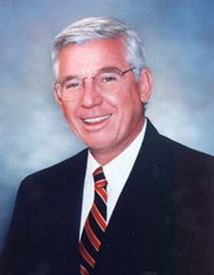 | ||
Full Name Parris Nelson Glendening Spouse Jennifer Crawford Glendening (m. 2002), Frances Hughes Glendening (m. 1976–2001) | ||
Parris Glendening: Smart Growth is the Future
Parris Nelson Glendening (born June 11, 1942) is an American politician. A Democrat, he served as the 59th Governor of Maryland from January 18, 1995, to January 15, 2003. Previously, he was the County Executive of Prince George's County, Maryland from 1982 to 1994.
Contents
- Parris Glendening Smart Growth is the Future
- Should governors be able to deny parole
- Early life education and academic career
- Local politics
- Elections
- Tenure
- 2002 gubernatorial election
- Post political career
- Personal life
- References
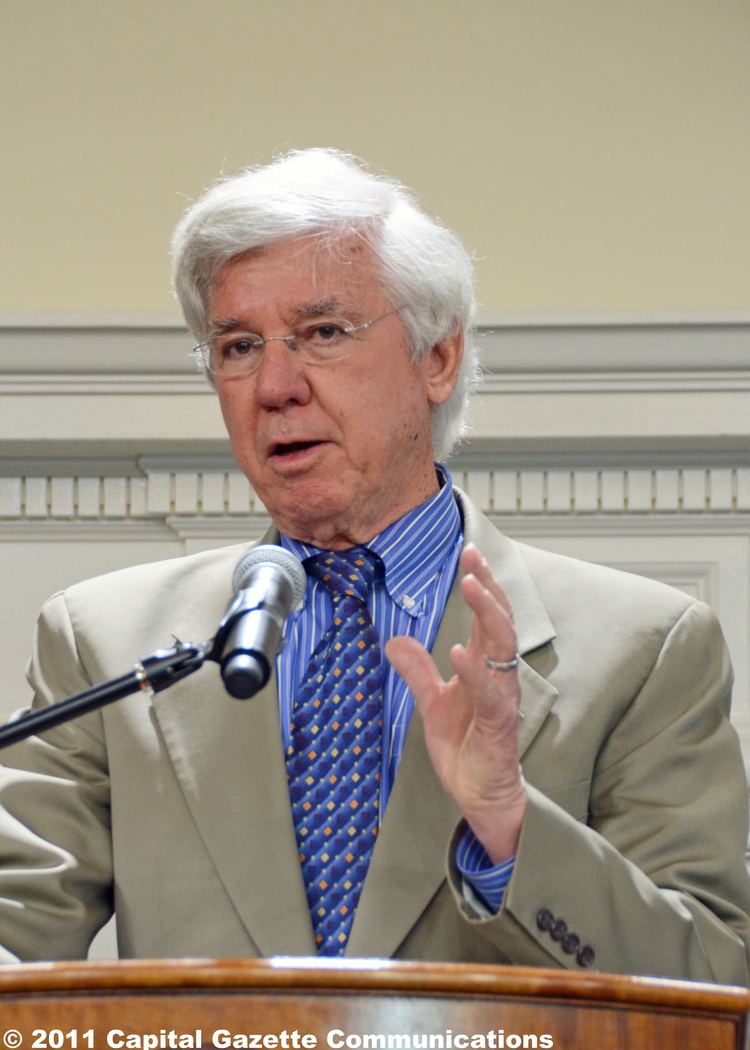
Should governors be able to deny parole?
Early life, education, and academic career
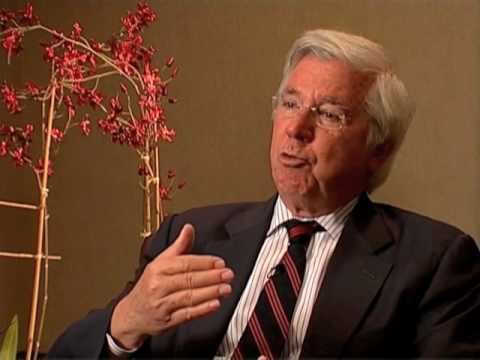
Glendening was born and raised a Roman Catholic in The Bronx, New York City, but later in his youth moved to the state of Florida.
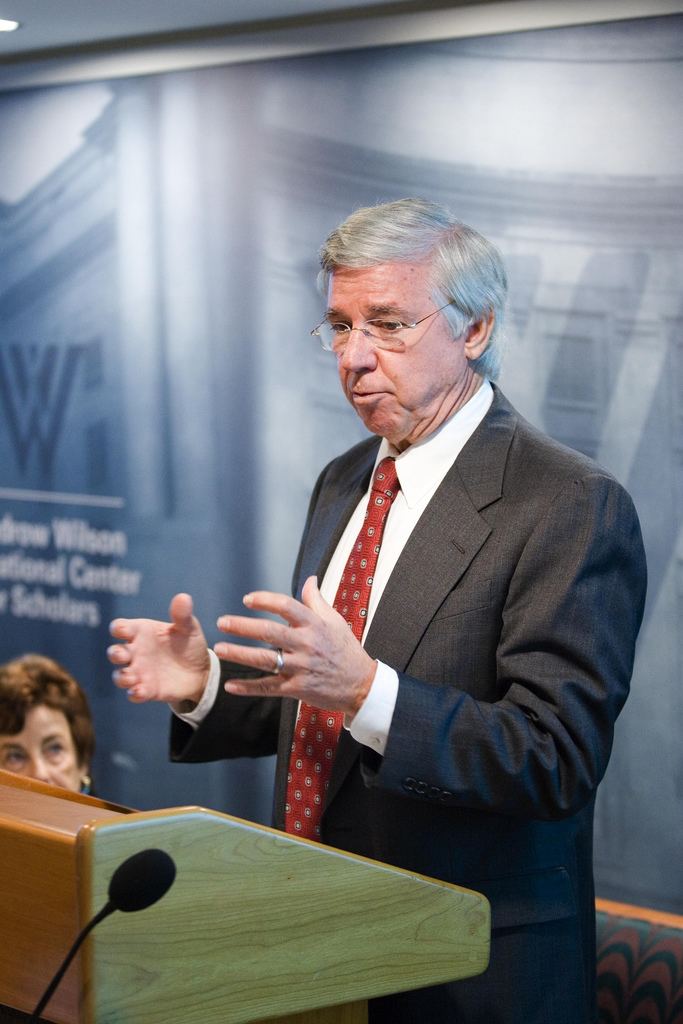
Growing up in poverty, Glendening received a scholarship to Broward Community College. Other financial aid later enabled him to attend the Florida State University, where he received a bachelor's degree (1964), a master's degree (1965), and a Ph.D. (1967), becoming the youngest student in FSU history to receive a doctorate in political science. When he graduated he taught Government and Politics as a professor at the University of Maryland at College Park for 27 years. In 1977, he co-authored Pragmatic Federalism: An Intergovernmental View of American Government with Mavis Mann Reeves.
Local politics

Glendening's career in public service began in 1973 as a city councilman in the Washington, D.C. suburb of Hyattsville, Maryland. He was elected to the county council of Prince George's County, Maryland, in 1974 and twice served as the Council Chairman. In 1982, he was elected as the County Executive of Prince George's County, eventually becoming the first county executive in Maryland history to be elected to three terms (1982–94). Under Glendening's leadership, Prince George's County was selected as an "All America County" by the National Civic League, and City and State Magazine named him the "Most Valuable County Official" in the nation. He and his top aides stood to benefit from a controversial Prince George's County supplemental retirement plan that was not widely disclosed by the press until after he was elected governor in an extremely close contest.
Elections
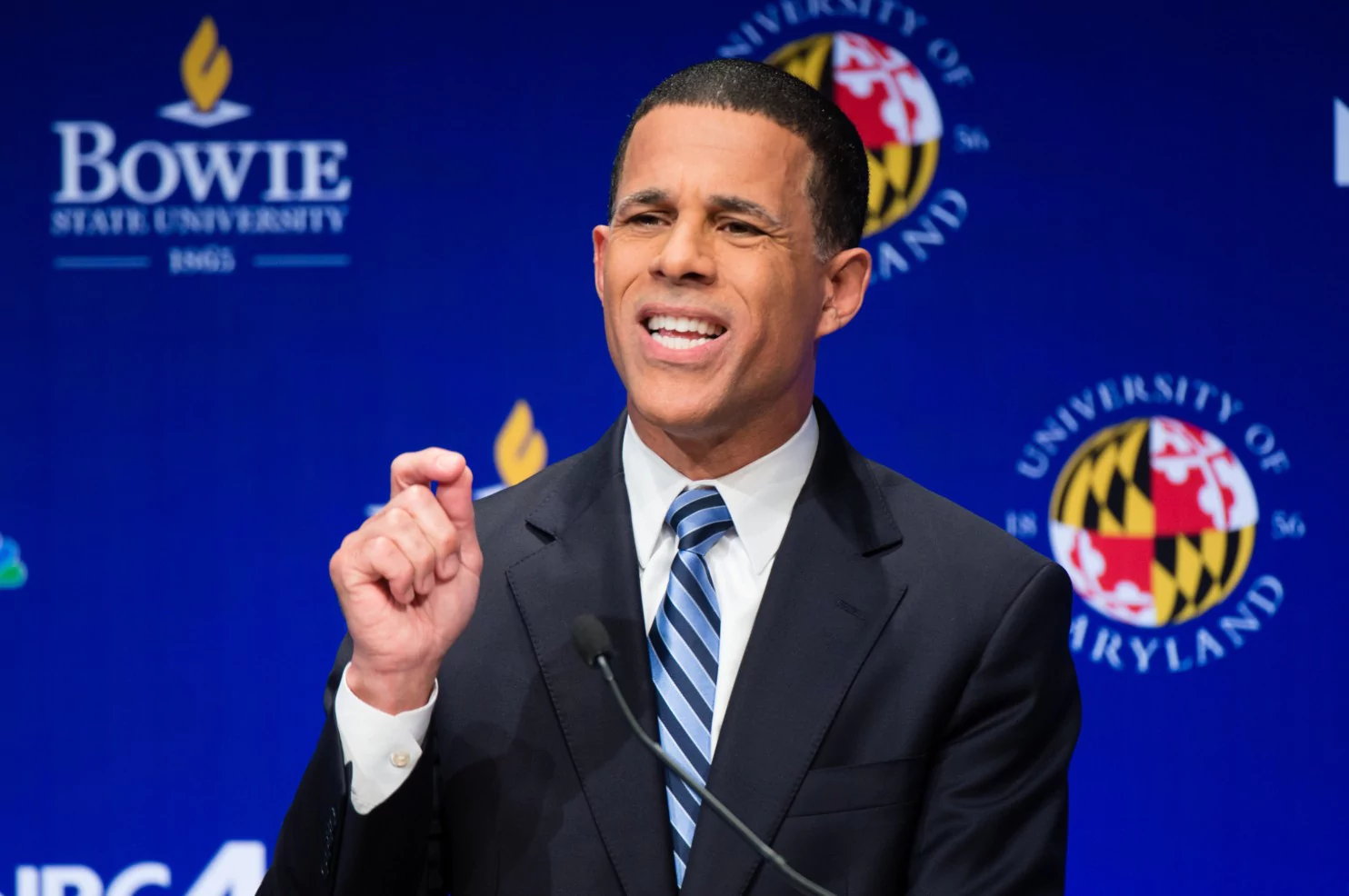
Glendening was elected to his first term as Governor of Maryland, edging out Ellen Sauerbrey, the Republican nominee by 5993 votes. Sauerbrey challenged the result in Maryland circuit court claiming that widespread voting by dead people occurred in the African American community. No evidence of ballots cast in the names of dead voters was introduced in court. On the eve of the trial, Sauerbrey's attorneys talked of 89 such votes, but checking by reporters found no such ballots. Judge Raymond G. Thieme Jr. ruled against Sauerbrey's claim and certified Glendening's win. Glendening became the first Maryland governor elected from the Washington, D.C., metropolitan region since Oden Bowie was elected in 1867. In 1998, Glendening won re-election to a second term, again defeating Sauerbrey, this time 55% to 44%.
Tenure
Glendening came into office weakened by the 1994 election battle and subsequent court hearings and plagued by a minor scandal stemming from some of his Administration officials' early use of their earlier Prince George's County pensions. By the Spring of 1995, his approval rating was as low as 18%.
Despite this, he had several early successes. His early administration was marked by tax reform and economic development. From 1994 to 1998, he cut or lowered more than 50 Maryland taxes, including the state personal income tax. By the end of his first term, Maryland's national rank in job creation had moved from 43rd to 14th. Glendening's job creation efforts focused mainly on biotechnology. Seeking to make Maryland a world leader in this area, Glendening successfully recruited companies such as Human Genome Sciences, Gallow Lab, and Qiagen to Maryland. As of June 2014, Maryland was home to the second-largest biotech cluster per capita in the U.S.
Glendening also assisted in successfully bringing the National Football League teams Washington Redskins from Robert F. Kennedy Stadium in the neighboring District of Columbia (Washington, D.C.) who now play in a new stadium in Landover, with then owner Jack Kent Cooke, and the relocated franchise Baltimore Ravens, from Cleveland, Ohio, as the former Cleveland Browns with owner Art Modell to play in Baltimore after two years in a new stadium as part of the sports complex at Camden Yards, west of the redeveloped Inner Harbor. Glendening personally negotiated the relocation agreements with both owners and then undertook a politically heated battle against members of his own party – led by State Senator Chris Van Hollen (later elected U.S. Representative and, in 2016, U.S. Senator) – to build the teams' new stadiums and pay for the needed road improvements and public works infrastructure.
During Glendening's second term, serious ongoing environmental issues concerning the Chesapeake Bay and the overdevelopment of rural areas prompted him to focus on issues of growth and environmental stewardship. Glendening is widely recognized as a pioneer in land development issues and is credited for coining the phrase "Smart Growth."
In 2001, Maryland legislators passed a bill that Glendening had promoted for the previous two years banning discrimination on the basis of sexual orientation. Glendening signed the bill.
Though overseeing the executions of Flint Gregory Hunt in 1997 and Tyrone Delano Gilliam, Jr. in 1998, Governor Glendening halted executions in Maryland by an executive order on May 9, 2002. Glendening's successor, Governor Robert Ehrlich, lifted the ban during his term in office. (See Capital punishment in Maryland.) The ban was re-instituted by Ehrlich's successor, former Baltimore mayor, Martin O'Malley, who eventually signed a bill in 2013 ending Maryland's use of capital punishment.
In 1995, Glendening declared that he would render any individual serving a life sentence ineligible for executive clemency unless he or she were seriously ill or near death. This policy, termed "life means life," was heavily criticized, and it was abandoned by Glendening's successor, Robert Ehrlich, who created a new policy in which there would be case-by-case judgments.
2002 gubernatorial election
During the 2002 Maryland governor election, Glendening was not eligible to run due to the state constitutional term limit. His lieutenant governor, Kathleen Kennedy Townsend, was nominated by the Democrats to run. Townsend was damaged during the election due to wide criticism by rural voters, especially farmers, directed at Glendening for what they considered overzealous environmental legislation aimed at preventing rain runoff of pollutants from farm soils into tributaries of the Chesapeake Bay, that significantly raised the cost of participating in agribusiness.
Townsend lost the election 48% to 52% to the Republican U.S. Representative (Congressman) Robert Ehrlich of Arbutus. The Republican ran an inclusive campaign focusing on his bipartisan work in Congress and his pro-choice on abortion and other moderate voting record. His efforts resulted in record voter turnout in Maryland's rural and suburban counties. At the same time Townsend's campaign was plagued with missteps emblematic of which was her unpopular lieutenant governor choice, retired Admiral, Charles R. Larson, who had never been involved in politics and had changed parties only weeks before. Townsend's pick of Larson, which she made without consulting the Democratic leaders in the state, was a point of controversy in the campaign. Ehrlich was victorious in November 2002, taking office in the Maryland State House in Annapolis in January 2003.
Post political career
Glendening left office on January 15, 2003, with low approval ratings, and he largely stayed out of the limelight. He and his successor, Robert Ehrlich, informally agreed not to criticize one another. Glendening quietly continued his advocacy work for Smart Growth.
Glendening broke his three-and-a-half-year silence in late August 2006, when he endorsed Kweisi Mfume for the U.S. Senate. (Mfume eventually lost the Democratic primary to U.S. Representative (Congressman) Ben Cardin, who went on to win the Senate seat replacing longtime incumbent Paul Sarbanes.)
Glendening did not attend the inauguration of Governor Martin O'Malley on January 17, 2007.
Personal life
On January 25, 2002, Glendening divorced Frances Hughes Glendening and married one of his deputy chiefs of staff, Jennifer Crawford, his third wife. Crawford was 35, considerably younger than the then-59-year-old Glendening. In March 2002, the couple announced that they were expecting a baby. Jennifer gave birth to a baby girl, Gabrielle, on August 18, 2002, marking the first time since 1879 that a Maryland governor had a baby born during his term of office.
Glendening's brother, Bruce died of AIDS in 1992.
Glendening regards University Park, Maryland, as his hometown, near the University of Maryland at College Park campus.
